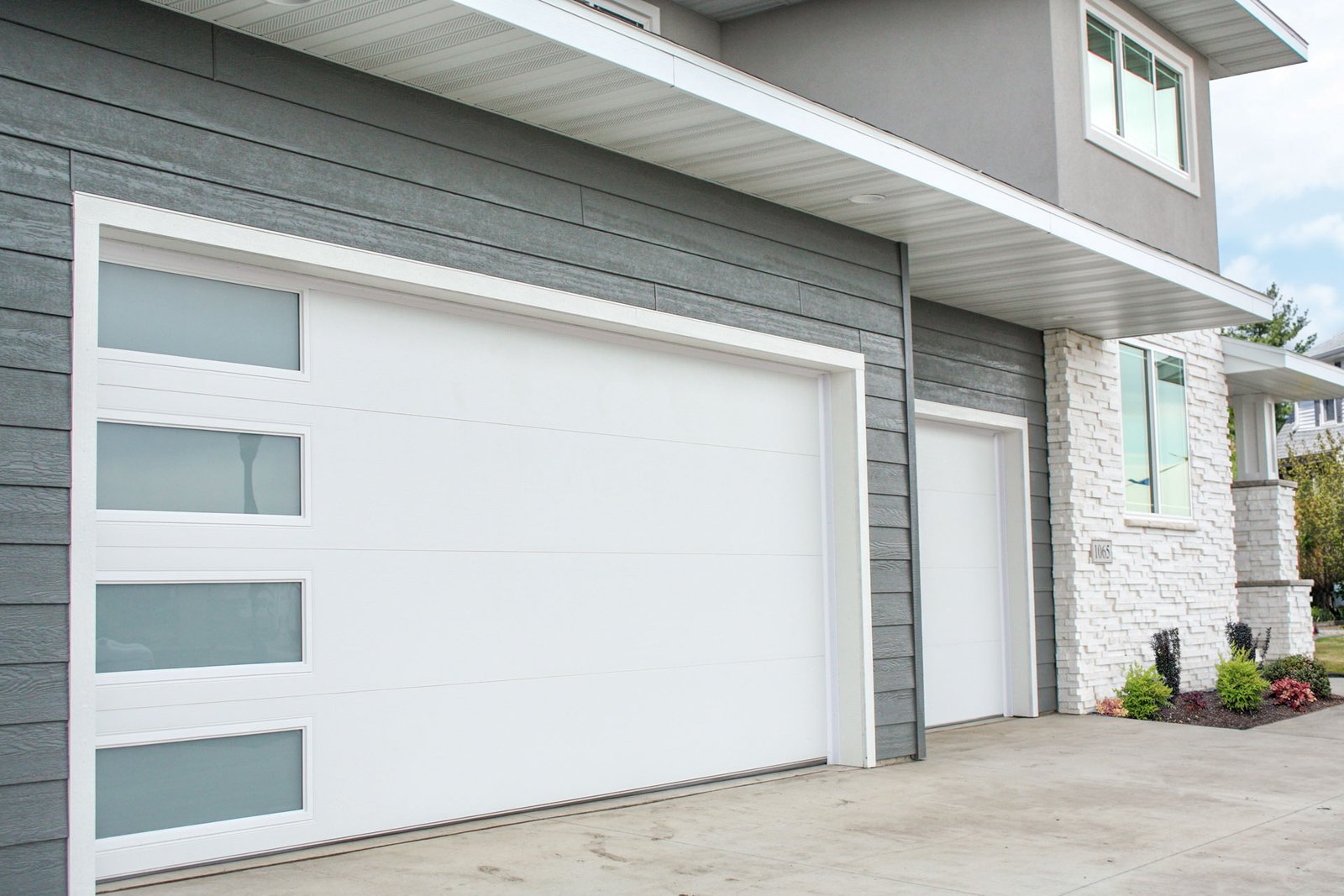- Blog
- The Ultimate Guide to Garage Door Installation: From Selection to Setup

The Ultimate Guide to Garage Door Installation: From Selection to Setup
Thinking about installing a new garage door? Whether you’re a homeowner, a professional installer, a home improvement business, or a new home builder, understanding the entire process—from selection to setup—can save you time, money, and headaches. In this guide, we’ll walk you
Why is Garage Door Installation Important?
A well-installed garage door not only enhances the curb appeal of your home but also provides security and energy efficiency. Whether you’re installing it yourself or opting for professional garage door installation, getting it right the first time is crucial. This guide aims to arm you with the knowledge needed to make informed decisions.
Selecting the Right Garage Door
Material Matters
Different materials come with their own sets of advantages and disadvantages. Here’s a quick rundown:
- Steel: Durable and low maintenance but can be prone to rust.
- Wood: Offers a classic look but requires more upkeep.
- Aluminum: Lightweight and resistant to rust but less durable.
- Fiberglass: Resistant to dents and rust but can crack in extreme cold.
Style and Design
Your garage door should complement your home’s architecture. Popular styles include:
- Traditional Raised-Panel: A classic choice for many homes.
- Carriage-House: Offers a rustic, old-world charm.
- Contemporary: Sleek and modern, usually featuring clean lines and large windows.
Insulation and Energy Efficiency
An insulated garage door can help regulate your garage’s temperature, making it more energy-efficient. Look for doors with high R-values for better insulation.
Step-by-Step Installation Guide
If you decide to go the DIY route, follow these steps for a successful installation:
- Prepare the Tools and Materials:
- Garage door kit
- Power drill
- Level
- Wrench set
- Ladder
- Safety glasses and gloves
- Remove the Old Door:
- Disconnect the door opener.
- Carefully remove the springs.
- Dismantle the door panels.
- Install the New Door:
- Assemble the tracks according to the manufacturer’s instructions.
- Attach the tracks to the door frame.
- Install the rollers and brackets.
- Place the door panels in the tracks.
- Attach the Springs and Cables:
- Follow the manufacturer’s guidelines closely when attaching the springs.
- Secure the cables to the brackets.
- Test the Door:
- Open and close the door several times to ensure it operates smoothly.
- Make any necessary adjustments.
Common Mistakes to Avoid
Incorrect Measurements
Always double-check your measurements. Incorrectly measuring your garage door space can lead to installation issues.
Ignoring the Manufacturer’s Instructions
Each garage door kit comes with specific installation guidelines. Ignoring these can result in poor installation and potential safety risks.
Skipping Safety Precautions
Garage door springs are under immense tension and can cause serious injury if not handled correctly. Always use the appropriate safety gear and follow safety protocols.
Installing a garage door is a significant investment in your home’s functionality, security, and aesthetic appeal. Whether you’re seeking professional installation or considering doing it yourself, understanding the process from selection to setup is crucial.
Ready to take the next step? Contact Bexley Garage Door Repair for professional installation services or browse our selection of high-quality garage doors designed to meet your specific needs. For detailed guidance and expert tips, reach out to our customer support team today.
Contact Us for a Smooth Solution Today!

